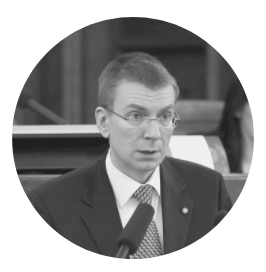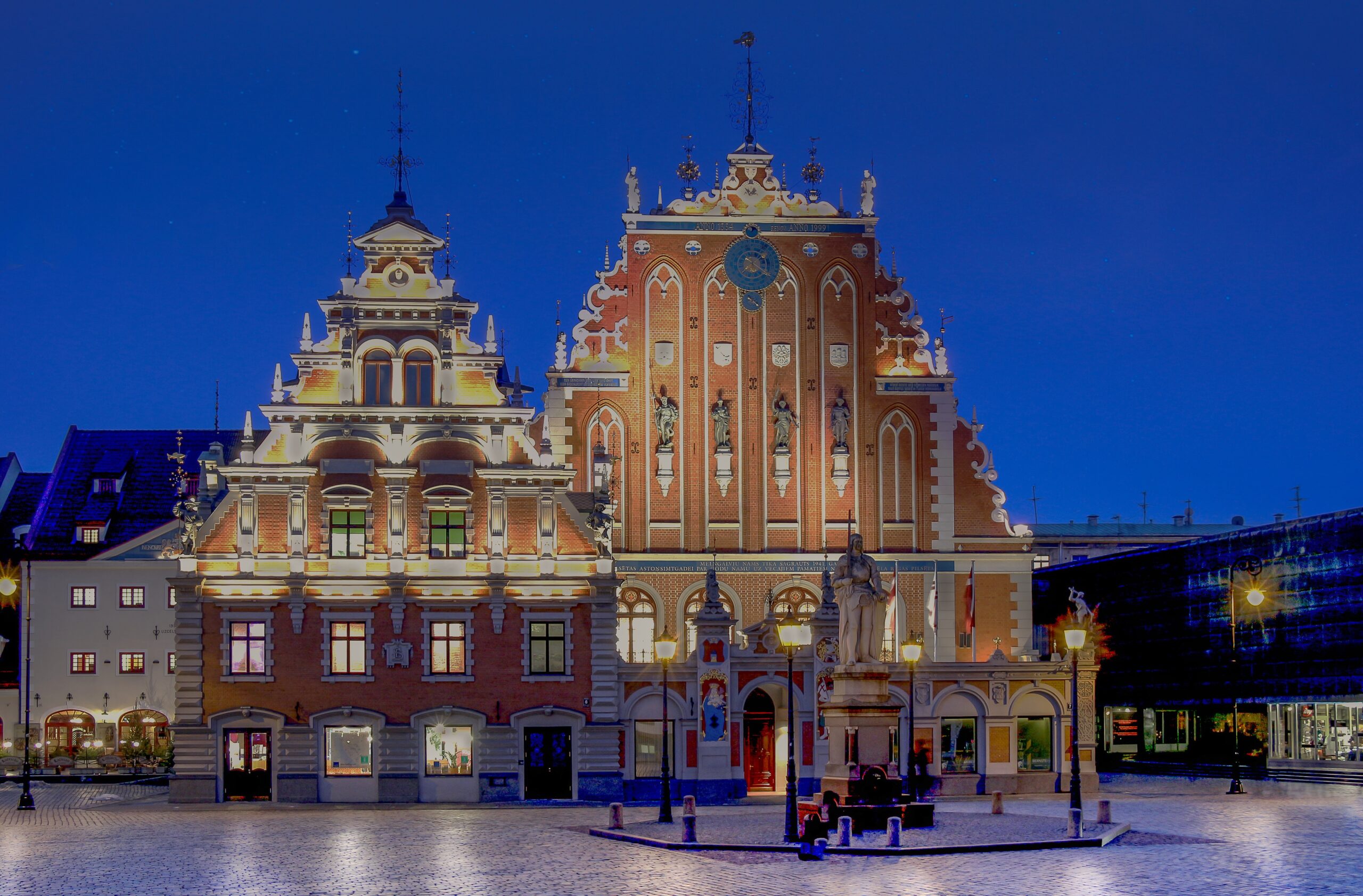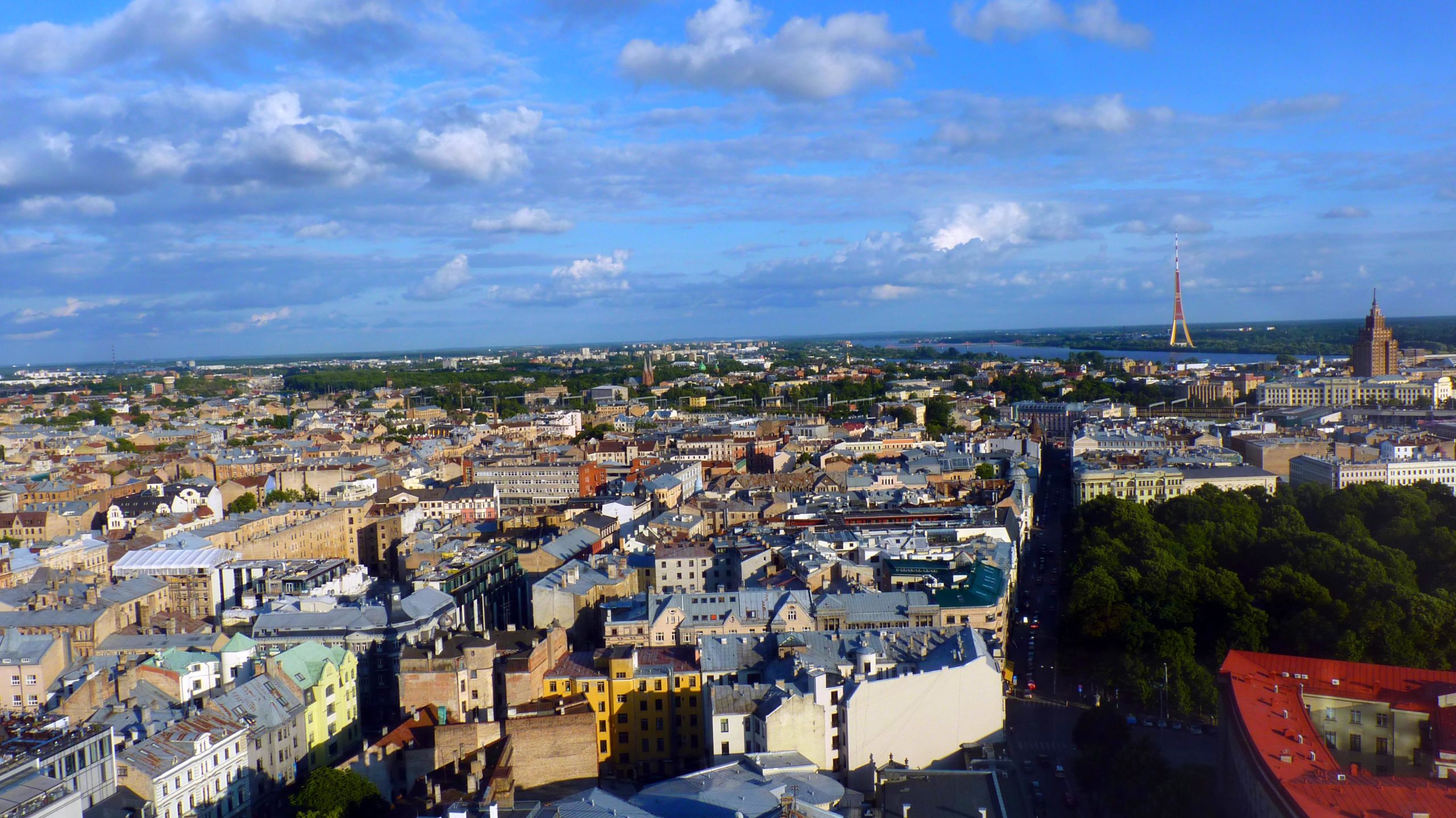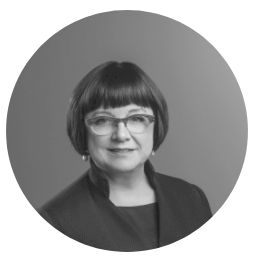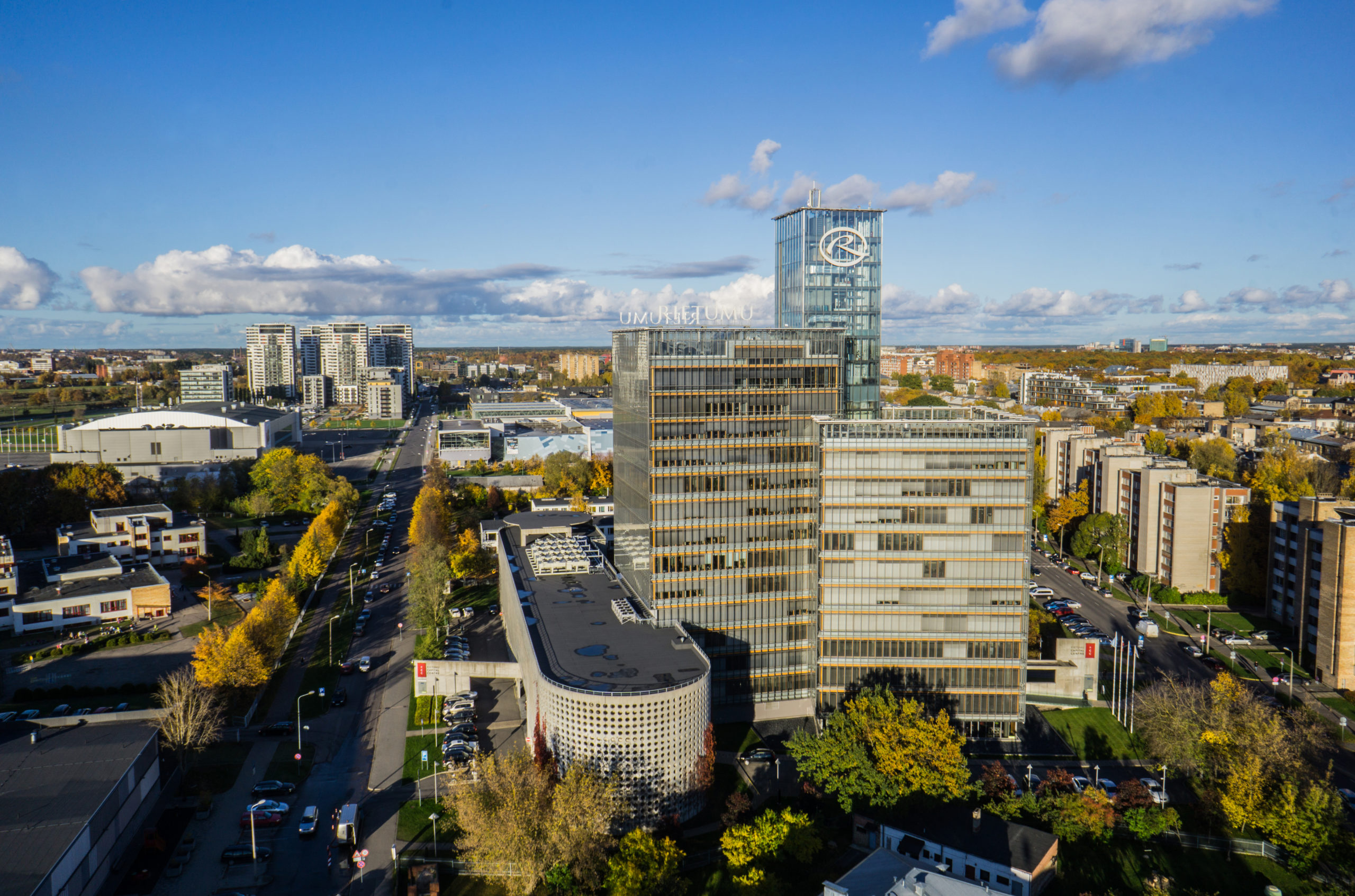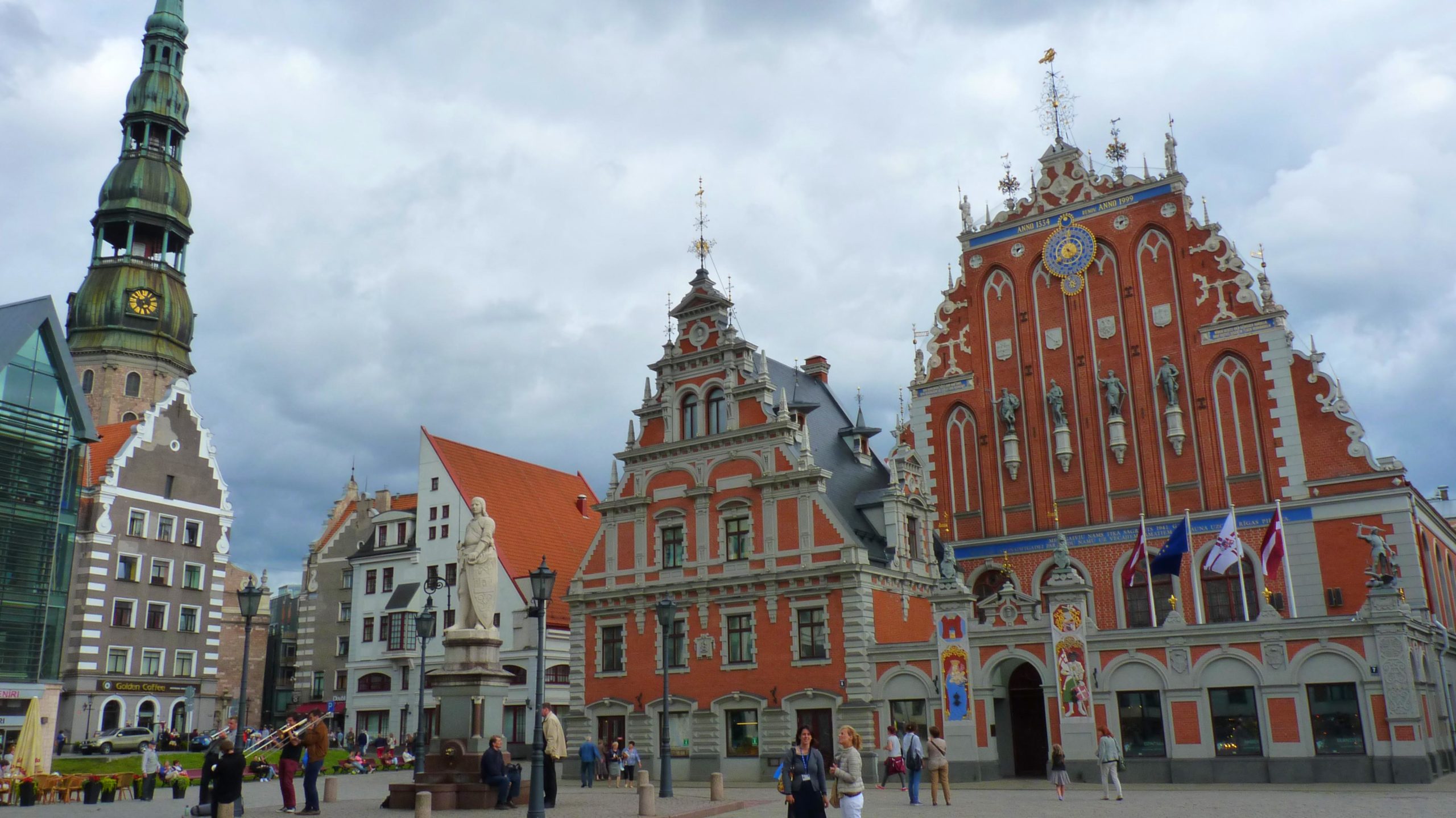 How do you assess Serbia’s insurance sector?
How do you assess Serbia’s insurance sector?
Western European markets average premiums around EUR 2 500 per capita, but in Serbia we are at EUR 100 per capita. These two figures show us a clear picture of the huge growth potential the insurance sector has within the Serbian market. There is a huge misunderstanding of what an insurance policy is within the native population and very little is being done to address it. The 2014 floods caused devastating losses over one-third of the Serbian territory and only a very small portion of the damage was covered by insurance. More needs to be done to increase the visibility of insurance companies and to promote the industry. The in combination with additional education will lead to more awareness of the added value insurance brings to both companies and individuals.
Where do you see growth opportunities?
The growth attributed to the insurance sector for the past decade is largely thanks to the increased use in obligatory MTPL insurance. The sector needs to be more aggressive and present in the private sector business segment, especially through private properties and increase penetration of voluntary health insurance. I see big potential in the growth of voluntary health insurance as it is a new line of business for the local market and the situation in the state system of health protection is not at the level people expect. Private businesses increasingly utilize insurance in their employee packages as a way of attracting employees.
How is Wiener insurance adapting to the market?
Wiener Stadtische has just finished the merging process with the former AXA Company on the Serbian market. Now we are fully focused on our goals for the next period. We have big goals for 2018 and ambitions to become the third largest insurance company in the Serbian market. Although we are still fourth we have achieved stable growth and are in a position to outgrow our competitors. We expect to be fully visible in the group reports, and for Serbia to be the biggest contributor to the group’s profits. Interestingly, we expect joining the EU to further boost the insurance sectors growth. Serbia and its population has a very clear idea of being on the road to join the European Union. The Serbian population knows it is very important to adopt the European Union’s mentality. The question of membership is some kind of a status question, a state of mind, which will bring quality of daily life for ordinary people. Our people are well educated and open to communicate. Overall, Serbia is a good place to invest and we are reliable partners.



